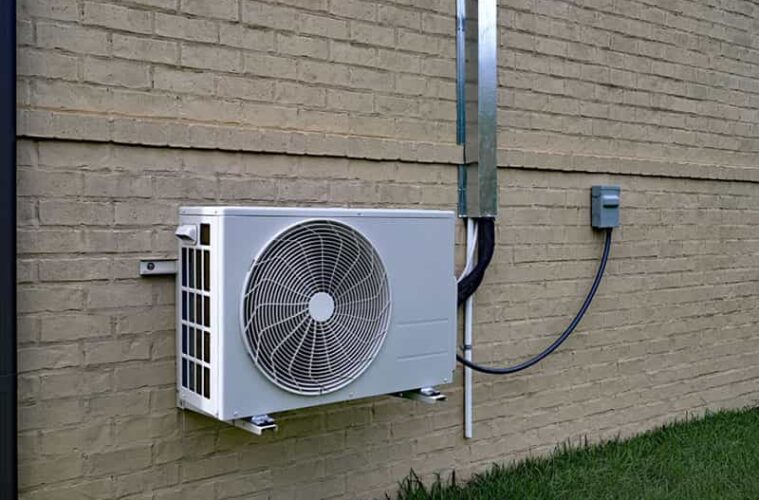When you’re trying to decide what type of HVAC system to install in your new or existing home, you may be considering whether to go ductless or not. With numerous options for energy-efficient, reliable ductless HVAC systems, it might be worth your while to take a closer look at these systems instead of a central air system. Here are six of the reasons you might want to opt for a ductless HVAC system over central air.
What Are the Benefits of a Ductless HVAC System?
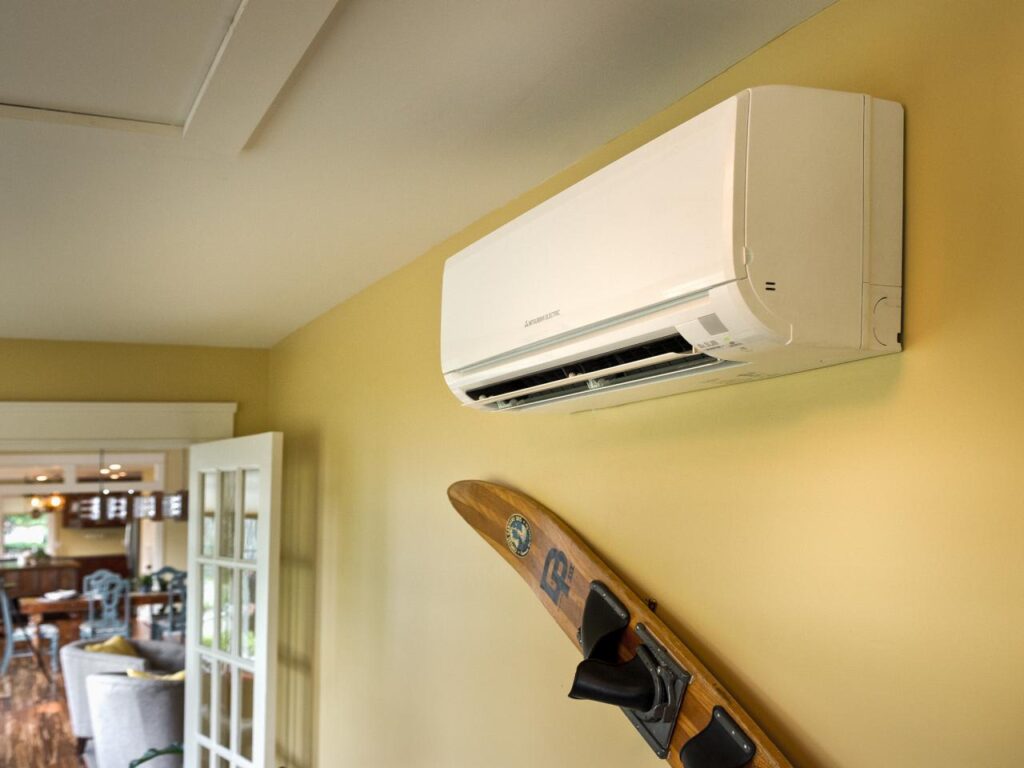
source: pinterest.com
If the cost and complexity of a central air HVAC installation has you wondering if there are better options for bring comfort into your home during the summer, consider these six benefits of going ductless.
1. Physical Limitations for Central Air Installation
When you’re planning to install a new HVAC system in an older home, there can sometimes be physical limitations that make a central air system either far too expensive or unsightly to install because of the ductwork required.
2. Saves Money on Installation Costs
Running all new ductwork is time-consuming and labor intensive, which translates to far higher costs overall for having central air installed, especially when the home is older with the physical limitations we’ve already covered.
3. Better Matched for Smaller Spaces
Sometimes the square footage of the space that you need to heat and cool is simply too small for a central air system to be energy-efficient or cost effective. If all you’re heating and cooling is one room or home of less than 900 square feet, there’s a good chance that a ductless HVAC will be the smartest choice.
4. More Precise Zone Control
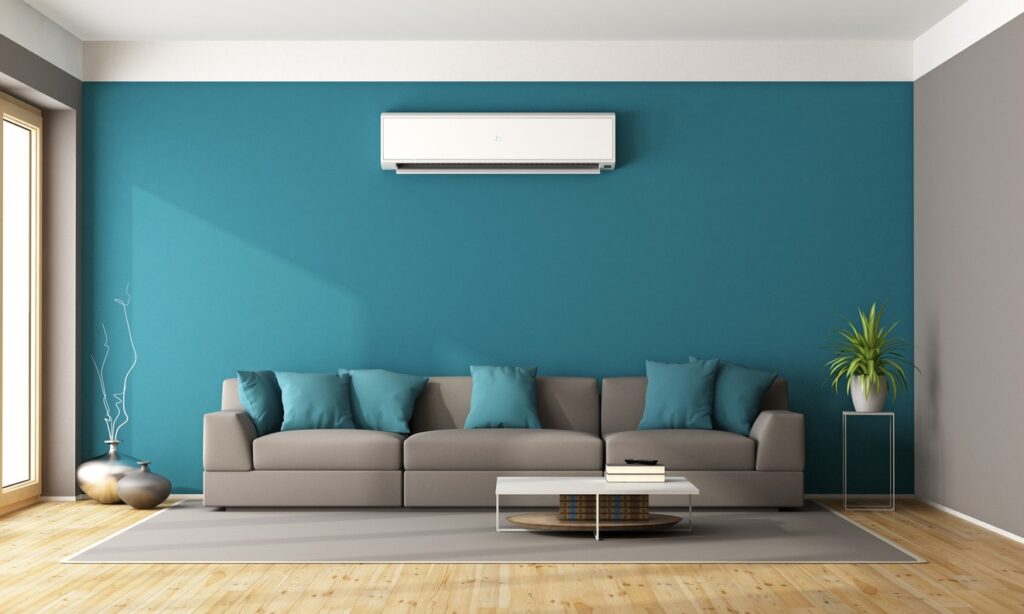
source: classicairecare.com
If your home has numerous enclaves and rooms that are significantly partitioned off when it comes to airflow, it can be difficult to maintain even heating and cooling. Central air systems with ductwork require costly control systems to deliver multi-zone heating and cooling, which could be more economical to control using a ductless system like a PTAC wall ac unit.
5. No Electrician Needed for Installation
Another major benefit of many ductless HVAC systems is that you don’t need an electrician to install or maintain the system, unlike a central air system. Some systems, such as PTAC wall air conditioners and window air conditioners, only require you to plug the unit into a wall outlet. One exception are ductless mini-split HVAC systems, which do require the help of a professional to hook it into the electrical system of the home.
6. Greater Energy Efficiency
If energy efficiency is at the top of your priority list for heating and cooling, a ductless HVAC could be the system of your dreams. Unlike central air systems that often require an all or nothing approach to climate control, ductless systems can be individually controlled. As we mentioned before, multi-zone heating and cooling is easier with systems like a mini-split, making it possible to cordon off areas that you don’t need to spend money on temperature control.
What Are Some Examples of Ductless HVAC Systems?
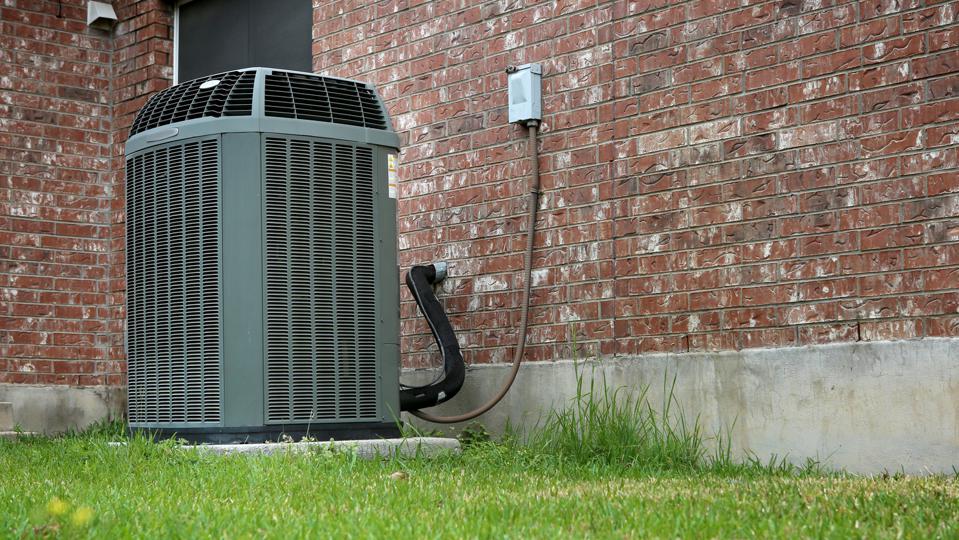
source: forbes.com
Many types of ductless systems are available for heating and cooling a home. Depending on your needs, sometimes only heating or cooling systems are required, which can save on overall costs of installation when compared with a central air system. What are some examples of these systems?
Pellet Stoves
Pellet stoves work by burning small pellets of wood to heat up a large boiler, which pumps the heated water into a home from outside for radiant heating. The hot water circulates either through piping in the floor, baseboard heaters, or traditional radiators to keep a home warm. The downside is these do nothing for cooling a home, requiring additional equipment if cooling is needed in warmer months.
Window AC Unit
Possibly the smallest form of multi-zone air conditioning is the window air conditioner unit. These compact systems easily fit through a window or wall opening and only need a standard 120 volt outlet for power. Sometimes these systems have heating functions as well, though less commonly. The drawback to these ductless systems is that they aren’t as energy-efficient for larger areas.
Mini-Split AC Unit
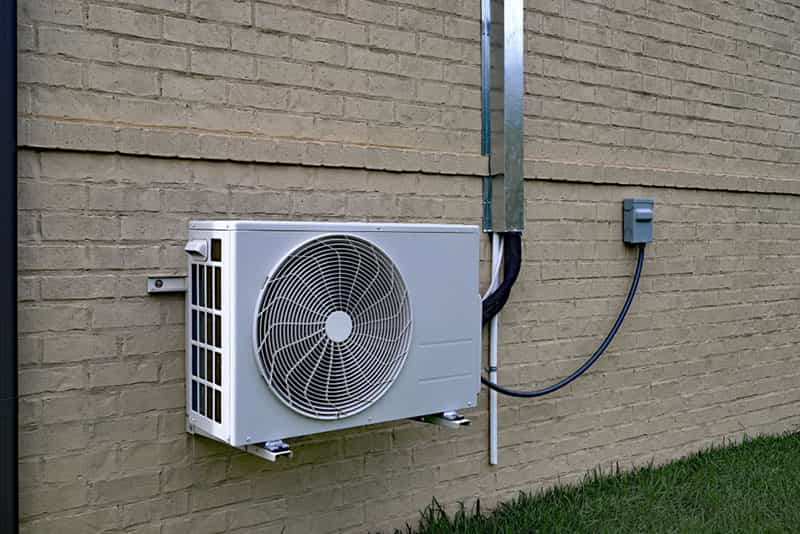
source: ductworksmn.com
A mini-split ac unit requires slightly more labor to install than other ductless systems because there is a separate condenser that must be installed on the exterior. These systems have refrigerant lines that need to be run through the wall by a trained technician, along with requiring a professional to connect them to the home’s power supply system. With that said, these are some of the most energy-efficient ductless HVAC systems available, so the additional installation expense could be worthwhile depending on the climate and local energy rates.
PTAC
A packaged terminal air conditioner, commonly called PTAC Units, is an all-in-one heating and cooling unit that is designed for small to medium-sized areas of 300 to 900 square feet. PTACs only need a standard-sized wall opening and 208 to 277 volt wall outlet for a power supply, making these simple to install and maintain without the help of a professional technician.
Going Ductless?
If you’re sold on going ductless, be sure to weigh your options carefully, as the choice you make will affect your energy bill and ongoing maintenance costs. We hope we’ve shed some light on the system that will serve you best!

